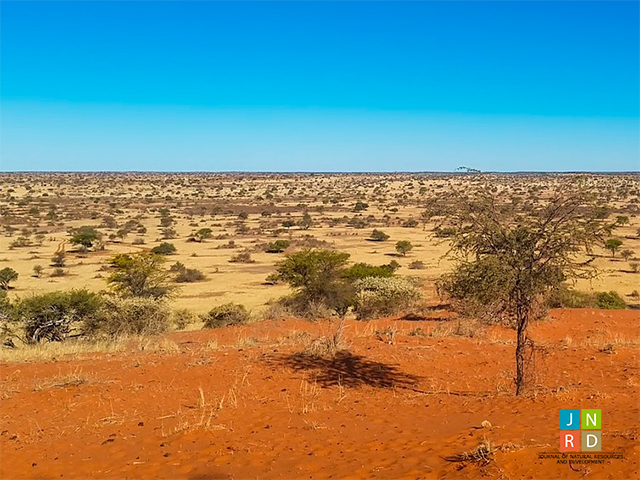Land Use/Land Cover Factor Values and Accuracy Assessment Using a GIS and Remote Sensing in the Case of the Quashay Watershed in Northwestern Ethiopia
Main Article Content
Abstract
Soil erosion by water is a complex process influenced by different factors. Most of these factors are steady over time, but land use/cover and land management practices are gradually altering. Analyzing land use/cover type and C-factor mapping using a Geographic Information System and Remote Sensing is the simplest way to identify vegetation coverage. GIS is a tool that is invaluable for conducting image classification through modeling. The present study was conducted in the Quashay watershed, Burie District, Ethiopia. The objectives of the study were to conduct land use/cover classification, to verify land use/cover factor values derived from LANDSAT images with actual identified types with respect to given values in Ethiopia from the literature. The remote sensing data used was from the LANDSAT 8 Enhanced Thematic Mapper Plus (ETM+) sensor, and were taken in 2017 for land use/cover mapping. Data were gathered through field observation and classification of land use/land cover type into homogenous land units. The inputs for the C-factor values were collected from literature review and in the field. Four land use/cover types were identified. The C-factor value of the study area ranged between 0.01 and 0.17. The overall accuracy of the image classification was 83.72 % and the Kappa coefficient was 0.7823. This means there was 78.23 % agreement for the classified image by chance alone. Therefore, this raster layer can be used as one input for soil loss analysis. It is concluded that analysis of LANDSAT images with accuracy assessment gives due attention for land resource managers to give priority to poor land cover areas with appropriate management plans. We recommend that, before assigning C-factor values to a classified image, accuracy assessment should be carried out and the computed C-factor raster layer of this study can be used as an input for soil loss estimation using GIS and RS.
Article Details
Issue
Section

This work is licensed under a Creative Commons Attribution-NonCommercial-NoDerivatives 4.0 International License.

